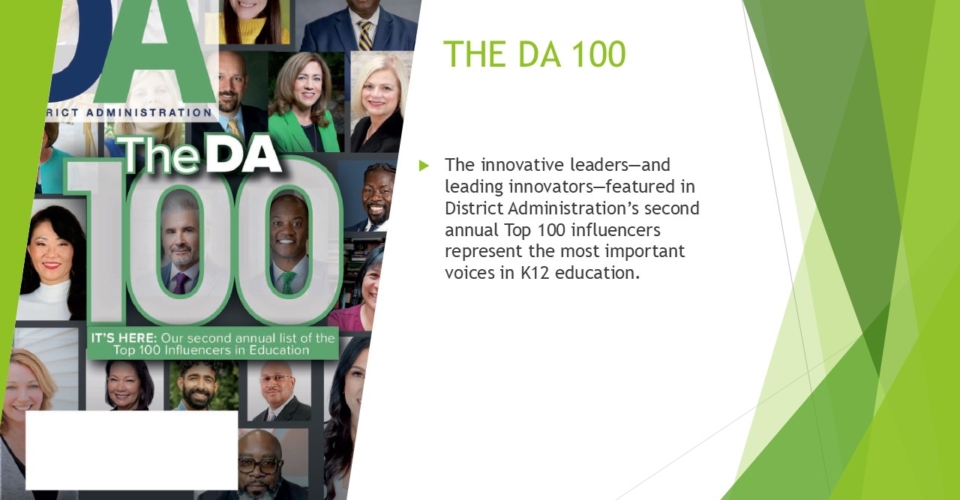Free and reduced-price lunch data has long been the standard for measuring poverty and students’ needs in under-invested-in communities. It directly informs how administrators seek and allocate funding, and plan interventions and staffing resources.
However, the education community, researchers and policymakers agree the data is far from perfect and doesn’t tell the full story about poverty. While the vast majority of states use it to describe the socioeconomic need of school communities, recent research continues to show its shortcomings, and encourages finding alternative ways to examine the barriers and challenges facing students.
I would invite us all to go beyond free and reduced-price lunch data as the sole data point to get our students what they need. As administrators seek funding, develop equitable approaches to supporting students from marginalized backgrounds and prioritize where to direct resources in their districts, they deserve a more complete and realistic picture of the challenges in their school communities.
‘Talking out of School’ podcast: Why authenticity is so important for Principal Kafele
Many external factors besides poverty paint this picture. Some indicate where students lack access to material resources. For example, in communities with limited access to broadband internet, students struggle to complete homework or engage in remote learning. Others point to neighborhood conditions that directly affect students’ mental and physical health, and by extension their educational outcomes—such as a community’s level of housing affordability and rates of violent crime.
Still others indicate the basic necessities schools can help to provide—such as looking at the percent of households with children under 18 receiving SNAP benefits in a given community to pinpoint whether students are likely to show up to school hungry.
Better student outcomes
Focusing and incorporating metrics on conditions like these offers a more holistic, actionable picture of the barriers facing a school community. These data points all work together to shape students’ needs and they are freely obtainable and reliable metrics that are relevant down to a local level, while also being available nationally. As such, they offer administrators and policymakers a clearer path to drive improvements in quality of life and better outcomes for students, such as:
- Supporting grant funding: Rather than extrapolating the funding a district may need based simply on the cost of lunch, administrators can tailor their grant solicitation efforts to the areas experiencing the greatest challenges. For example, if a school community has limited broadband access, administrators can direct their outreach toward local internet service providers as potential funders or partners.
- Developing equitable interventions: A more intimate knowledge of the full spectrum of challenges facing specific school communities ensures interventions reach the populations of students for whom they will be most useful.
- Prioritizing resource allocation and management: This enables policymakers to analyze the impact of community and policy-based initiatives.
Amidst these benefits, I must also acknowledge that gathering many different metrics to analyze together would be a tall order for administrators with little time. Fortunately, many free tools exist to remove the burden.
A wealth of information can be found in the Opportunity Index, the Community Well-Being Index and the Community Opportunity Map, as well as the school-community-specific Open Data Index for Schools (ODIS), which my organization recently launched, and which offers the benefit of aggregating data down to the school community level so that administrators can get even more granular insight beyond just their city or county.
Here’s what it all boils down to: Gaining an accurate picture of students’ needs is not just about how we count, it’s about what we count. More holistic, accurate, comprehensive data is available at our fingertips—so it is time for administrators to use it.
When they can make more informed decisions around supporting students in under-invested-in communities, many of whom face different challenges from community to community, access to opportunity will become more equitable and we will see better outcomes.



